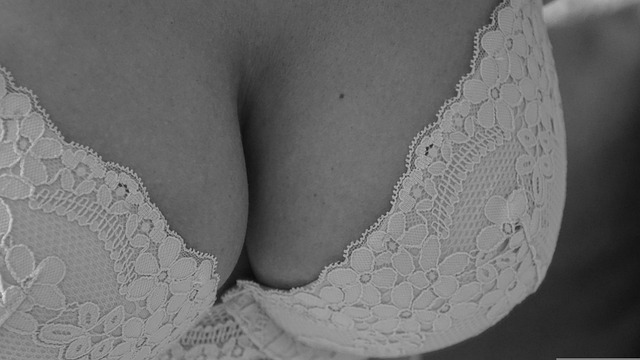Breast discharge, or the release of fluid from one or both nipples, is a common concern among women and can be caused by various factors. While it is often not a sign of a serious condition, understanding the potential causes and knowing when to seek medical advice is crucial.
Common Causes of Breast Discharge:
- Hormonal Changes: Hormonal fluctuations during pregnancy, breastfeeding, or menopause can lead to nipple discharge. In some cases, hormonal imbalances related to thyroid issues or high prolactin may also cause discharge.
- Fibrocystic Breasts: This non-cancerous condition, characterized by lumpy or tender breasts, can result in clear or slightly cloudy discharge.
- Infections or Abscesses: Mastitis, an infection of the breast tissue, or an abscess can cause discharge, often accompanied by redness, pain, and swelling.
- Medications: Certain medications, including birth control pills, antidepressants, and antipsychotics, may trigger breast discharge as a side effect.
- Duct Ectasia: A condition where the milk ducts beneath the nipple become widened and thickened, leading to a sticky, thick discharge, often green or black in color.
- Breast Cancer: Although rare, breast cancer can cause nipple discharge, particularly if the fluid is bloody or occurs in only one breast.
When to See a Doctor:
- If the discharge is bloody or occurs in only one breast.
- If it’s accompanied by a lump, pain, or changes in the breast or nipple.
- If you are not pregnant or breastfeeding and experience persistent discharge.
Early evaluation can help rule out serious conditions and provide peace of mind. If you’re concerned about breast discharge, it’s important to visit the Mascot Healthcare Clinic for a thorough examination, breast ultrasound scan and appropriate hormonal testing.
